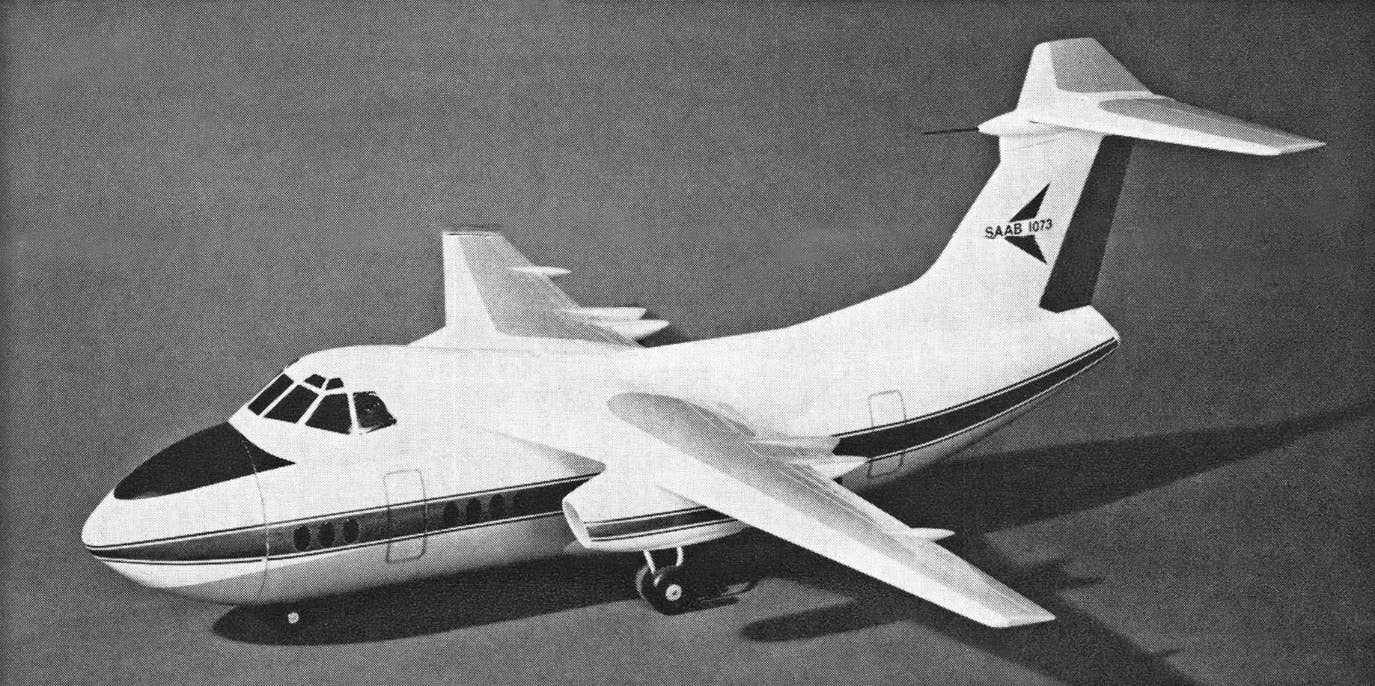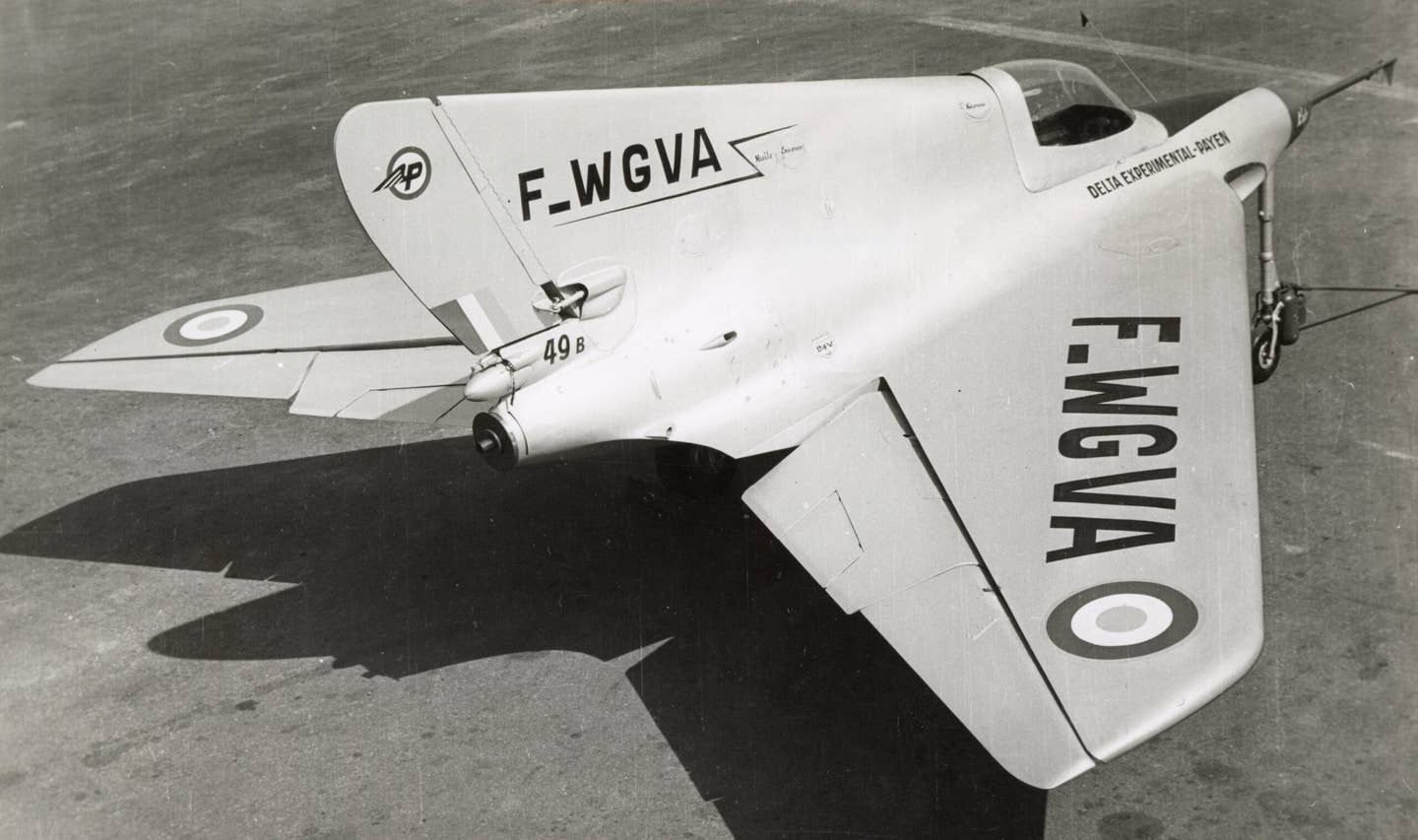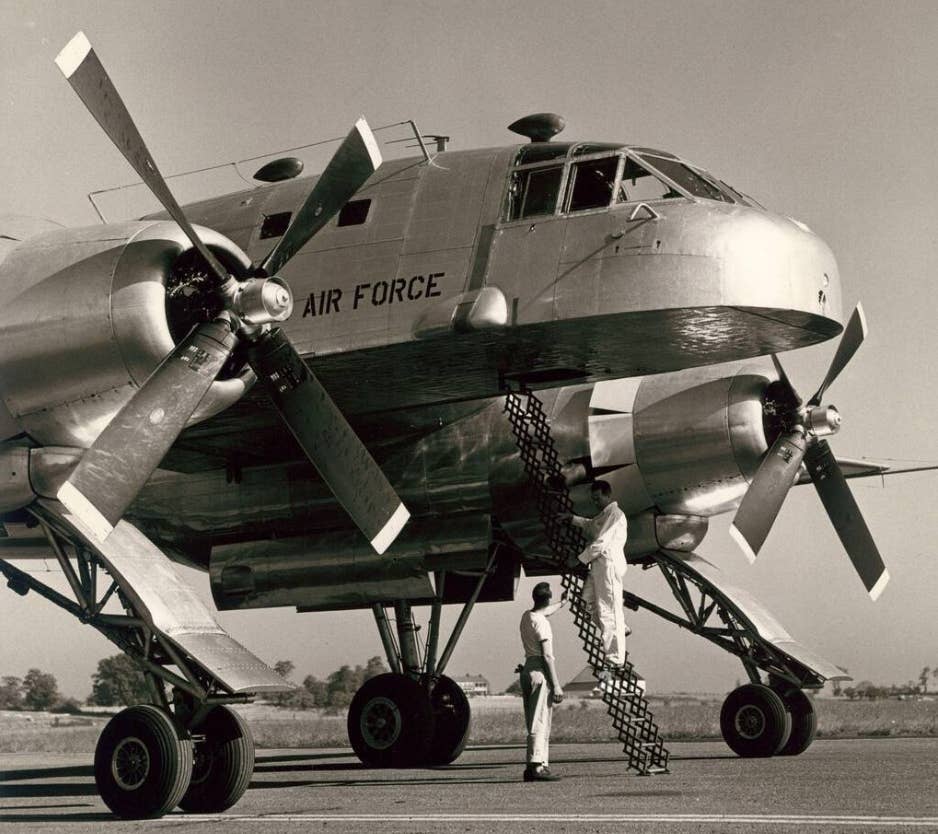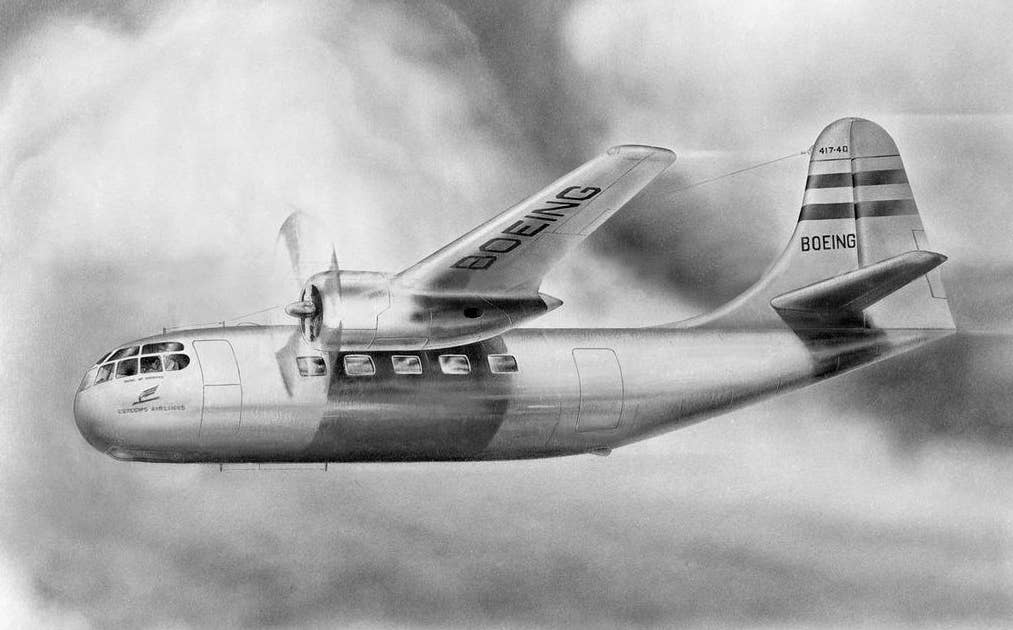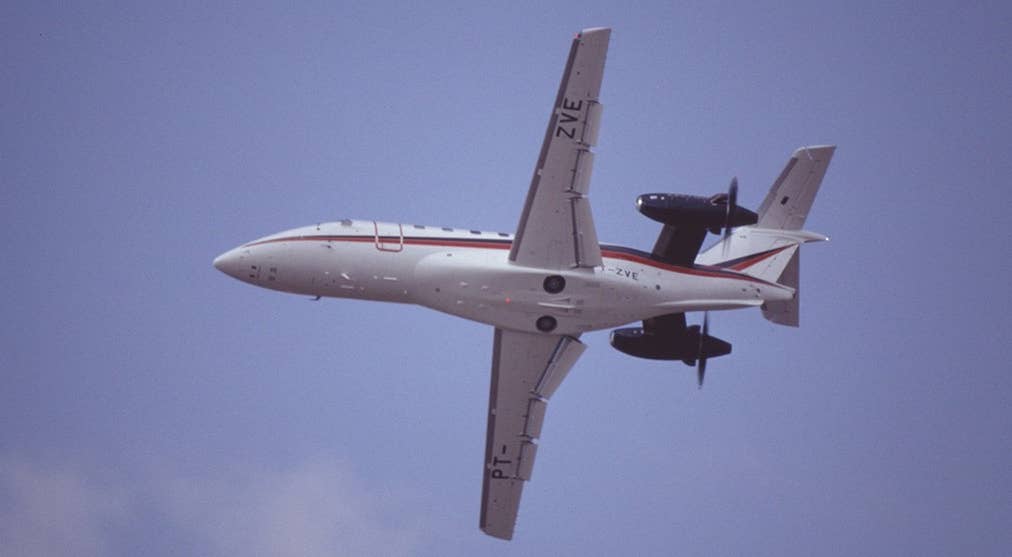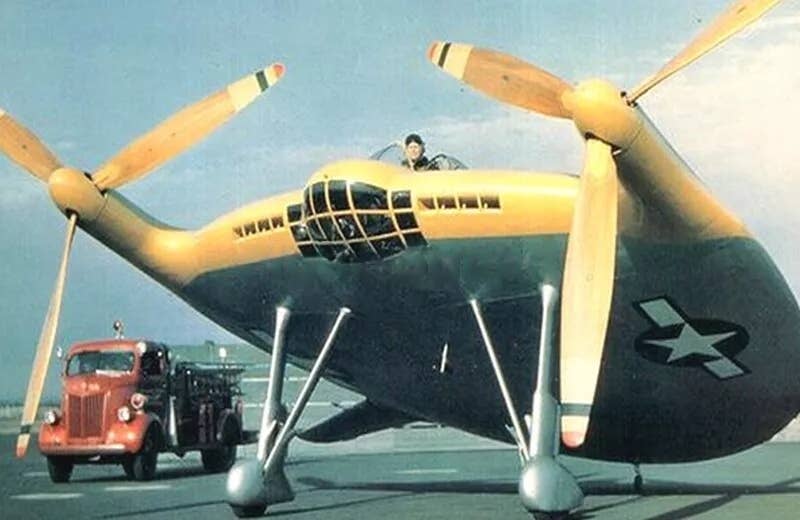Dornier’s Do-29 Broke Ground in STOL Before It Was Fashionable
The clean-sheet design harnessed mechanical complexity in pursuit of incredible performance.
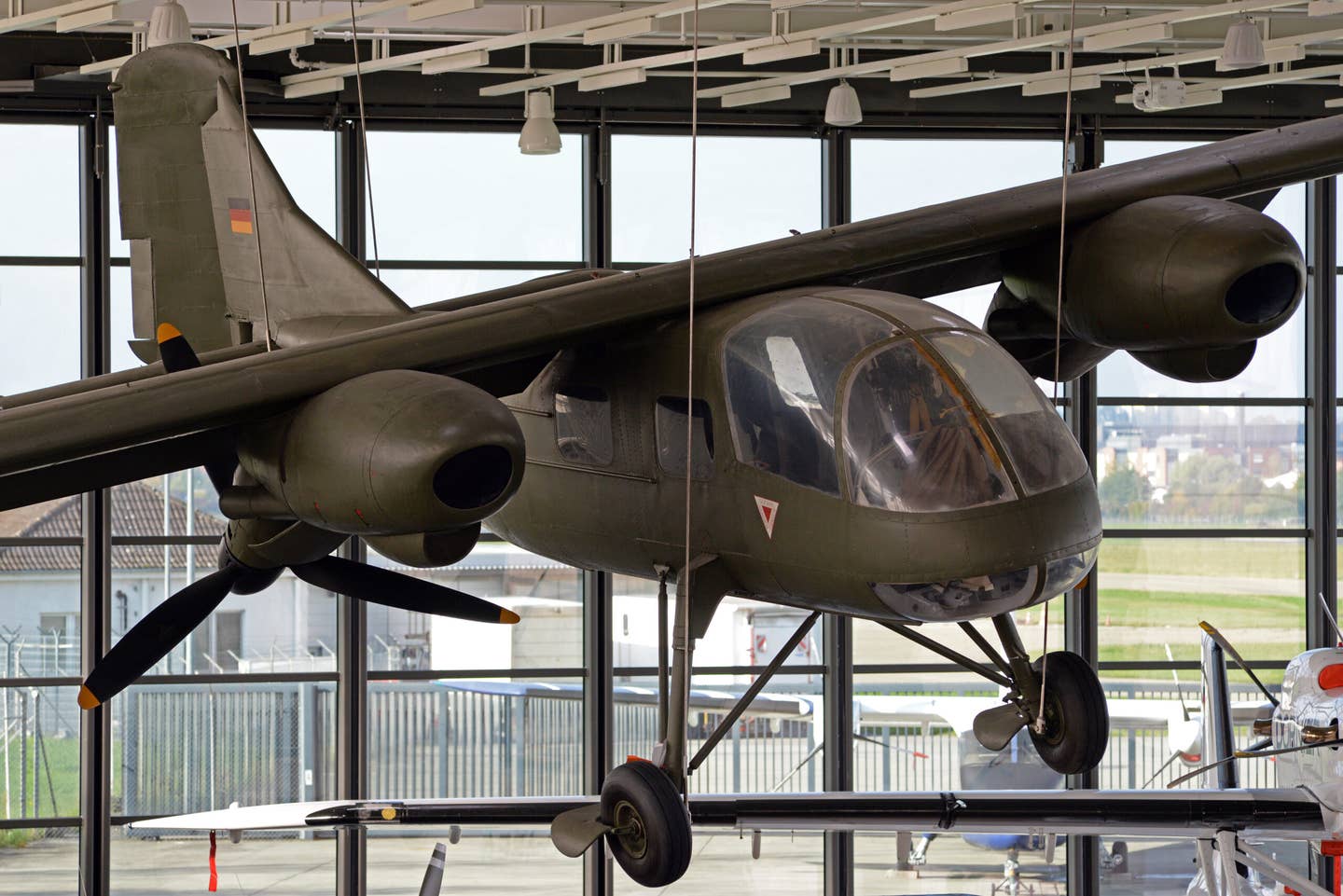
Utilizing vectored thrust and coupled engines that could individually power both propellers, the Dornier Do-29 broke new ground in STOL engineering. [Photo: Jason McDowell]
Since it was founded in 1914, Dornier was an aircraft company that was never short on imagination. From early 12-engined flying boats to World War II military aircraft and regional airliners to modern, composite flying boats, the OEM’s name has decorated a bewildering variety of aircraft types. Among them, hiding in the footnotes of the company’s history, are some truly unique examples of engineering.
Spearheaded by the German federal agency tasked with aerospace research, the Dornier Do-29 was an experimental aircraft intended to study the feasibility of utilizing vectored thrust to achieve extreme slow flight and short takeoff and landing (STOL) performance. A clean-sheet design, it utilized a high-wing, tailwheel configuration. Although as a test aircraft, it was configured for only one occupant, it was roughly the size of the de Havilland Beaver and the similarly sized fuselage could in theory be configured to carry four to six passengers.
Unlike the simple, straightforward Beaver, however, the Dornier harnessed mechanical complexity in pursuit of incredible performance. Rather than using a single engine mounted on the nose, the Do-29 was equipped with two 270 hp, six-cylinder Lycomings, one mounted on each wing. The engines used reduction gearing for increased power, and each drove a three-bladed, controllable-pitch, pusher propeller.
The Do-29 employed a unique thrust-vectoring system that could tilt the propellers downward up to 90 degrees. This increased the vertical component of lift and—the engineers hoped—would enable particularly short takeoffs and landings. The Do-29s minimum controllable airspeed was predicted to be only 13 knots.
Controllability becomes a serious concern in such flight regimes and accordingly, the engineers took certain precautions. The engines were counter-rotating, eliminating torque and turning tendencies. And because an engine failure in a twin at 13 knots during takeoff or landing would likely be irrecoverable, Dornier developed a mechanical interconnect system that coupled the engines; in the event of an engine failure, the remaining operating engine would power both propellers.
When it comes to the Do-29’s actual performance, accurate sources are few and varied. While some sources present the original targets as official performance data, others report that the airplane’s performance fell short. Whereas 82-foot takeoff and landing distances were predicted, the latter sources report that 262 feet were required for takeoff and 147 feet were required for landing. Similarly, while 13 knots was predicted for minimum controllable airspeed, 38 knots was apparently closer to reality.
A closer look at the numbers provides some context that lends credibility to the more conservative numbers. Whereas a lightly loaded Helio Courier or de Havilland Beaver might have wing loading as little as 9 to 12 pounds per square foot, the Do-29’s was more than 20. Additionally, at least one report describes struggles with the propellers when they were set to higher angles, necessitating a change to an alternate manufacturer.
Flight test struggles reached a peak when one of the two Do-29s built was damaged and subsequently written off in July 1962. The remaining aircraft was flown for another year before being permanently retired. Today, it is on display at the Dornier Museum in Friedrichshafen, Germany.

Sign-up for newsletters & special offers!
Get the latest FLYING stories & special offers delivered directly to your inbox

